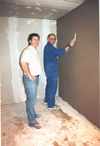
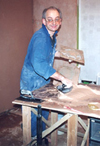

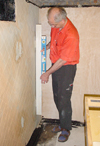
first floor room
ceiling
and
windows, walls and floor (not done these later pages yet)
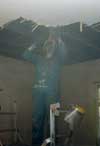
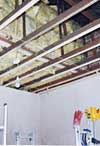
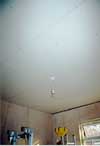
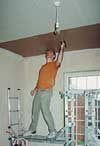
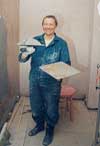
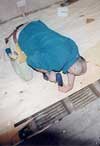
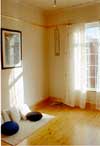
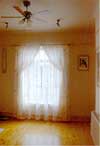
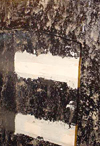
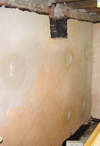
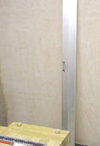
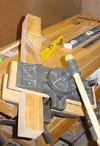
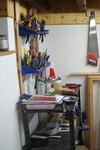
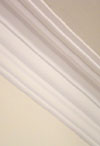
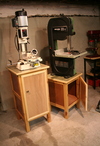


Plastering is a weird and wonderful thing to learn. It seemed impossible the first time I tried it. It is also an impressive experience to watch a skilled craftsman at work - rather like watching a magic show.
It seems hard to learn, and you really need to be taught it by someone who is skilled. In my opinion this is because at each stage, what is right looks wrong, and if you try to get it to look right it ends up a mess. So you need to be shown how to get the right kind of wrongness.
If you can plaster, then I think you can approach all the other building skills with some confidence; you can always get back to a good finish. For me at least, the thing that would stop me doing a lot of jobs was needing to destroy an area of plaster and not being able to restore it afterwards, leaving a rather amateurish result. So even if you are removing plater/brickwork that seems to have been badly done by whoever did that in the past, or making a channel for electric cable, replacing skirting boards, or whatever, this is a key trick to master.
We learnt plastering at MANCAT, over two 10-week evening courses, and this has been enough for us to be quite confident plastering walls in the house. So, we are not professional plasterers, but the advantage of that is that we can take our own time, work to whatever standard is acceptable for us, and have another go when we dont like our results.
| Learning to plaster, at MANCAT | 
 |
| Plumb Dot and Screed | 
 |
|
first floor room |








|
| Waterproofing, and plastering a cellar. | 




|
| A restored cornice - running mould. |  |



|
a/c baffle - nothing to do with plastering.
home page